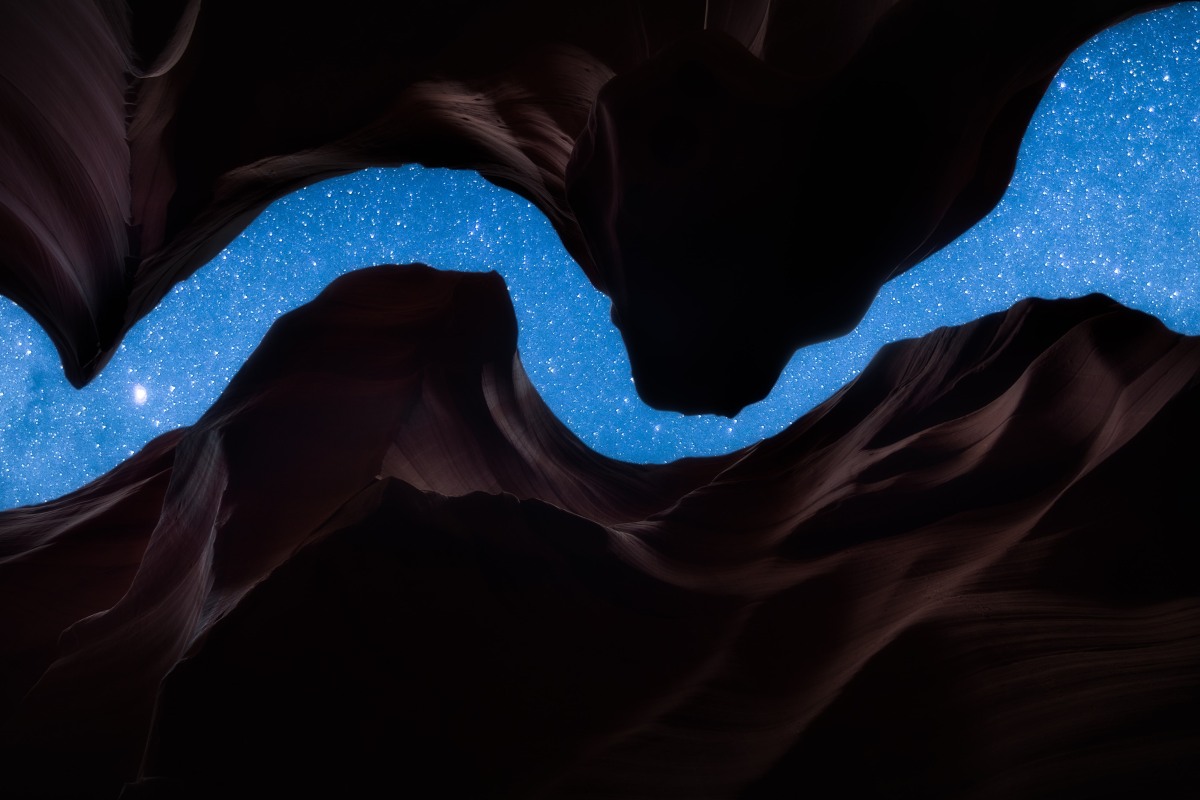Learn More About Psilocybin Mushroom Spores
Neuropsychopharmacology of LSD
Effects on the neurotransmitter serotonin
LSD is a “classic” psychedelic, which means, like the hallucinogens DMT, psilocybin (magic mushrooms), peyote, and ayahuasca, its primary mechanism of action is to bind to the 5-HT2A serotonin receptor.
Activation of these serotonin receptors is thought to produce the “psychedelic”, subjective effects of LSD, because when researchers give participants LSD but block the 5-HT2A receptors, the participants don’t experience any subjective effects.
What’s most interesting about LSD is that not only does it bind to the 5-HT2A receptor more strongly than any of the other classic psychedelics, it binds more strongly than serotonin itself. Part of the receptor folds over the LSD molecule like a lid, keeping it in place—possibly explaining the long duration of LSD experiences (8-12 hrs), as well as its strong binding affinity.
In addition, LSD’s transformational capacity makes sense when you consider that the 5-HT2A receptor is expressed at high levels in the prefrontal cortex (PFC). The PFC is the most recently evolved part of the brain, responsible for higher order functioning like complex cognitive behavior and personality expression. So the fact that LSD has such a powerful neurological presence in this area sheds light on why journeyers can come out of an LSD experience with new insight and a shift in who they think they are.
Effects on dopamine
Although LSD does directly activate several dopamine receptors in rats, the exact pharmacology in humans is unclear. However, it is known that LSD does not increase the amount of dopamine in the human brain, which makes it (and the other classic psychedelic drugs) physiologically non-addictive.
Effects on the central nervous system and nerve pathways
Before going into how LSD affects the brain on a systems level, it will be helpful to understand a few things first.
Right now, life probably feels normal. You’re reading these words, you might feel the handle of a coffee mug in your hand, and you might be dimly aware of a sense of “you” processing everything.
But how can this be? Light from the sun or the ceiling is bouncing like crazy on every surface. You have trillions of bacteria churning away your lunch in your digestive system. Receptors all over your body are sending electrical signals to your 86 billion neurons about your sitting position, the movement of your pancreas, and the feelings of your memories. How are you not rolling haphazardly on the floor exploding with information?
The answer is: you’re hallucinating.
Everyday waking consciousness is the first hallucinogen, because our brains synthesize millions of bits of random information every second into a cohesive picture we call “reality”. That synthesis is primarily performed by an interconnected group of brain regions called the Default Mode Network (DMN), which acts like an orchestra conductor for your brain, managing the furiously complex electrical signaling in the brain so you can experience an orderly, predictable reality.
So where does LSD fit into all of this? Put simply, LSD kicks the orchestra conductor off the stage. In other words, it quiets down signaling in the DMN, allowing regions of your brain that don’t normally signal to each other to leap into new electrical harmonies. This is why “LSD changed everything I thought I knew about the world” is such a common response to a journey, because it dramatically disrupts the network in your brain responsible for creating your normal reality.
In addition, the DMN is often referred to as the “me network”, because the most basic component of everyday reality it creates is a sense of “me” experiencing it. When you take LSD, the quieting down of the DMN can lead to ego-dissolution, where that sense of “me” dissolves and a more primal, interconnected consciousness is revealed.
For a scientific breakdown of the nature of that primal consciousness, check out neuroscientist Robin Carhart-Harris’s “Entropic Brain” hypothesis. For a more spiritual account, check out LSD and the Mind of the Universe by philosopher Christopher Bach.
Effects on anxiety
Since LSD can radically shift the hallucination of reality that we’re used to, it’s understandable that some anxiety is often a part of the experience. This is why preparation is key: an active practice in surrender through meditation or Holotropic Breathwork and a trained guide can help significantly in mitigating any anxiety during a journey.
In fact, one seminal study actually used LSD to help terminally ill patients cope with their debilitating anxiety surrounding their impending passing. However, this study was small and contained no placebo group, so further research is still needed.

